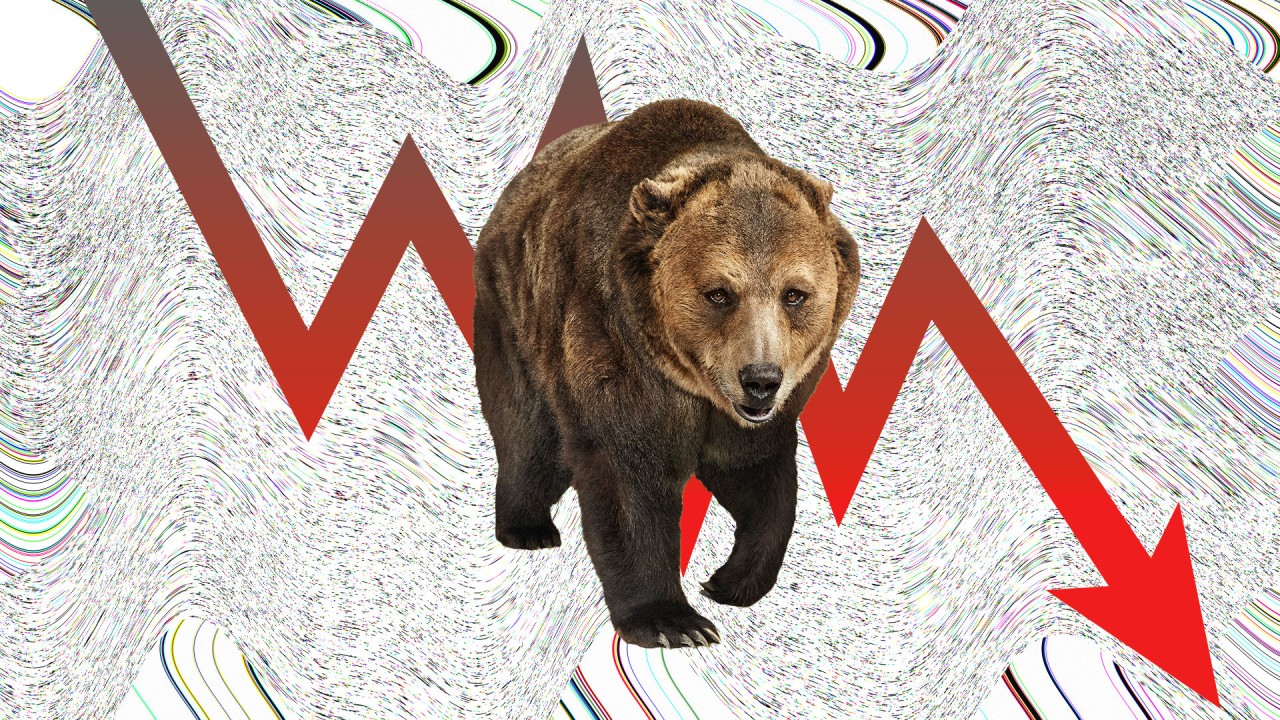Introduction
In the world of finance, the terms “bull” and “bear” markets are ubiquitous, representing periods of prosperity and decline. This article demystifies these market phenomena, exploring their origins, characteristics, and how to recognize and respond to them intelligently.
Unveiling Bull and Bear Markets
In both stock and crypto markets, a bull market signifies a period of rising asset prices, while a bear market marks a phase of falling prices. The symbolism behind these terms draws inspiration from the ferocious nature of the animals themselves: a bull thrusts its horns upwards, symbolizing optimism and upward price movement, while a bear swipes its claws downwards, signifying pessimism and declining prices.
Bull Markets: The Optimistic Ascent

A bull market is a manifestation of optimism and ascending prices. Investors display confidence in the market’s future, eagerly purchasing assets even at higher valuations. This heightened demand propels prices upward, creating an environment where investors can reap substantial gains. Bull markets can endure for several years, fostering opportunities for wealth accumulation.
Bear Markets: The Pessimistic Descent

Conversely, a bear market is characterized by pessimism and descending prices. Investors grapple with apprehension about the market’s outlook, leading them to offload assets at lower prices. This surge in supply drives prices downward, resulting in a protracted period of decline that may span several months or even years. Bear markets can inflict significant losses on investors.
Identifying Bull and Bear Markets
Several methods can aid in recognizing these market phases. One approach involves monitoring the S&P 500 index, considered a reliable barometer of overall market health. An ascending S&P 500 indicates a bull market, while a declining index suggests a bear market.
Additionally, assessing investor sentiment offers insights. Optimistic investors often herald a bull market, whereas a predominance of pessimism points to a bear market.
Investing Wisely in Bull and Bear Markets
The ideal investment strategy in these markets hinges on your risk tolerance and financial objectives.
- Bull Market Strategy: Risk-tolerant investors may favor stocks during a bull market, aiming to capitalize on the upward momentum.
- Bear Market Strategy: Risk-averse investors, on the other hand, may gravitate toward bonds or cash during a bear market, seeking safety amid uncertainty.

Conclusion
Bull and bear markets are integral components of the financial landscape, driven by investor sentiment and economic factors. While predicting their onset can be challenging, understanding their characteristics empowers investors to make informed decisions. Remember that patience, diversification, and research are key allies in navigating the ever-fluctuating world of finance. By adhering to prudent investment principles, you can better position yourself to thrive in both bullish and bearish market environments.
















